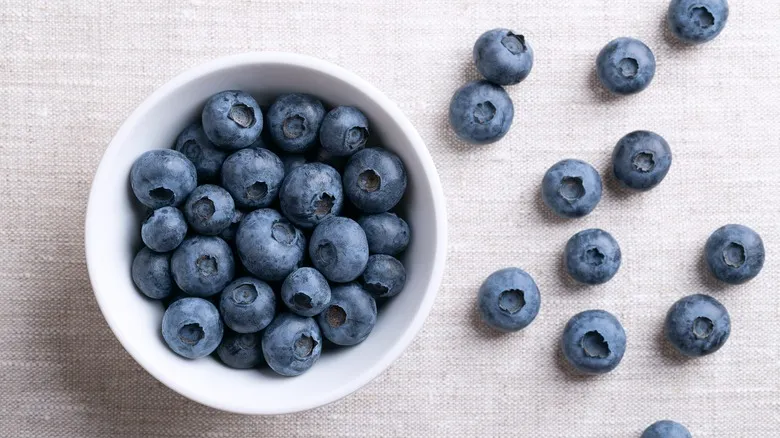The health benefits of anthocyanins

Anthocyanins are responsible for the reddish-purple hue of blueberries, which becomes more pronounced when their waxy blue skin is damaged during cooking or baking. Not only do these pigments enhance the visual appeal of treats like blueberry cheesecake pop-tarts and muffins, but they also offer some unexpected health advantages.
Historically, these colorful compounds have been utilized for medicinal purposes as phytopharmaceuticals, often serving as natural alternatives to synthetic drugs, and they possess their own health benefits. A 2017 study published in the Food & Nutrition Research journal examined the antioxidant properties of anthocyanins, highlighting their potential in combating cancer cells, improving vision in individuals with glaucoma, and exhibiting beneficial antimicrobial effects. Additionally, a 2020 study in the Molecules journal suggested that regular intake of anthocyanins may help protect against neurodegenerative and cardiovascular diseases.
Fortunately, there are countless ways to enjoy blueberries, as they can be seamlessly added to both sweet and savory dishes. When cooking with them, you might consider experimenting with techniques to alter the color of your blueberry baked goods or even conduct your own experiment to reveal their vibrant layers. The next time you prepare blueberries for a recipe, try gently rubbing off their waxy outer layer to discover the colorful interior for yourself.
Recommended

What Makes Uncured Ham Different From Its Cured Counterpart?

The Luxurious Difference Between Bisque And Soup

The Everything Guide To Cooking With Sage

A Food Scientist Explains What Really Happens When You Marinate Meat
Next up

